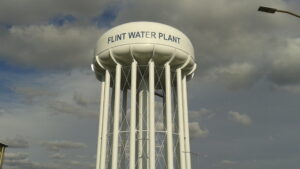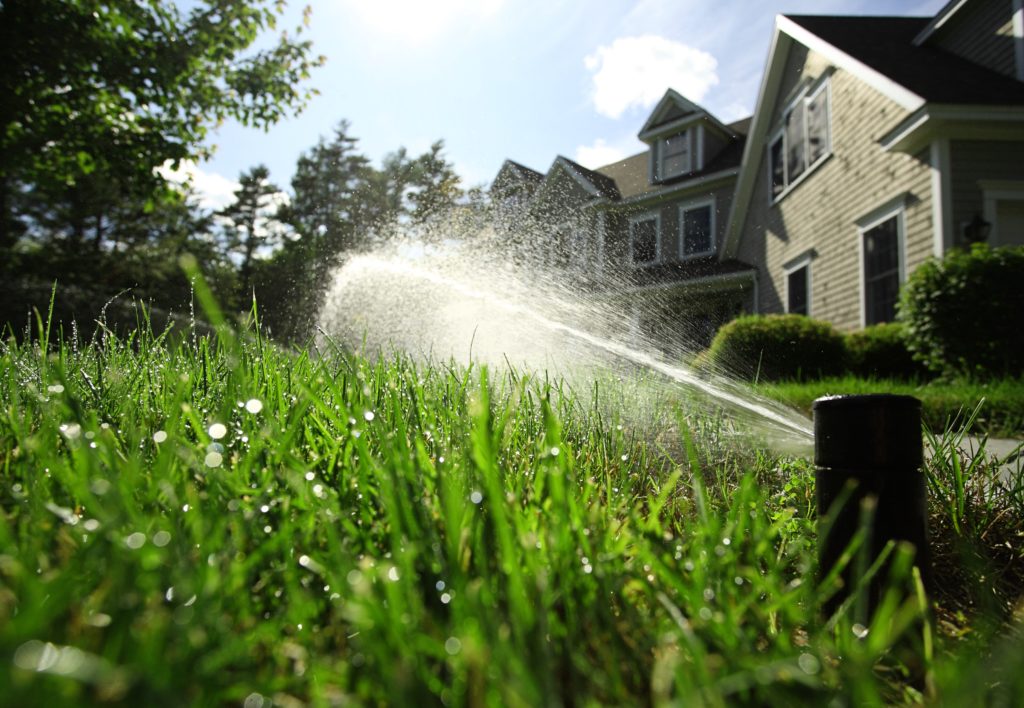It’s summertime.
In parks and backyards across the U.S., the low hum of lawnmowers and the rhythmic tick of sprinklers greet the dawn. But for millions upon millions of people – in this country and abroad – water isn’t for lawns. Water is for bathing, for drinking, for cooking, and for irrigating farms that provide the world’s food supply. And it’s increasingly scarce.
“Water may be the most important item in our lives, our economy, and our landscape about which we know the least. — Charles Fishman, Water is Broken. Data Can Fix It
Water stresses are mounting as the climate changes and the world’s population increases. But there is enough water to safely and sustainably meet the needs of communities, farms, industry, and the environment – if managed sustainably. This means having data that allow us to deliberately and carefully manage our precious water resources.
The barrier is not simply a lack of data. In most cases, the data do exist. The challenge, rather, is sharing and integrating that data across agencies and levels of governance in a timely and efficient way.
In Flint, Michigan, for example, data on the city’s lead pipes were there; they were just in a format that made it impossible to share them in an efficient way. They were stored on more than 45,000 index cards – many written on pencil, smeared, and barely legible.
Although Flint’s water crisis could not have been avoided by better data, it could have been noticed and addressed faster if the data had been widely available and transparent.

Across the water sector, vital data on water quality, use, and supply is often not in a format that is easily accessible, understandable, or sharable. What’s more, there are often strong disincentives, fears, and concerns about sharing it.
To address this enormous challenge, the Water Funder Initiative created and funded an Aspen Institute Dialogue Series for Sharing and Integrating Water Data for Sustainability. The Dialogue was a partnership between Redstone, the Nicholas Institute for Environment Policy Solutions, and the Aspen Institute. Between May 2016 and February 2017, experts from federal, state, and local government agencies, the private sector, academia, and non-governmental organizations met during several roundtables to focus on how to unlock vital water data that could help us address the country’s mounting water stresses.
The report details the key findings and recommended actions that emerged from the Dialogue, and provides a “principle-based blueprint for how to design an Internet of Water – a network of interconnected data producers, hubs, and users – that will enable connecting and transmitting water-related data and information in real-time.”
Very simply, the people who manage our most precious resource need better data to make more informed decisions. If that happens, we’ll all be better off. The Aspen Dialogues, and this report, are a good step in that direction.
You can access the report on the Aspen Institute website, here.
*Feature photo via The Aspen Institute
